The Center of Excellence for Sustainable Land Use (FutureScapes) is a 7-year-project (2024-2030) that aims to identify the relationships between biodiversity and carbon fluxes and integrate this new knowledge with satellite data into machine learning models. This in addition can be used to implement informed land-use planning and decision-making for policy makers as well as landowners and land users. FutureScapes focuses on developing innovative solutions to address biodiversity loss and climate change. The main goal is to identify complex interconnections and co-benefits of biodiversity and carbon stocks and fluxes and to integrate this new knowledge into large-scale spatial models to create decision-support tools for land use planning. We will identify, analyze and link quantitatively the complex relationships between biodiversity patterns/functions, ecosystem carbon storage, sequestration and greenhouse gas emission from local to national level. By using geospatial data (incl. satellite data) and machine learning based spatial modelling, we will upscale the knowledge and relationships to regional level and implement in spatially explicit land use planning and management, considering the socioeconomic fabric of landowners and land users. Principal investigator: Evelyn Uuemaa, University of Tartu, Professor in Geoinformatics and Team lead for the Landscape Geoinformatics Lab Team: Funding: Ministry of Education and Research / Estonian Research Council Project volume: 7 000 000 euros Duration: 01.01.2024–31.12.2030 See also the the project description in ETIS.The Center of Excellence for Sustainable Land Use (FutureScapes)


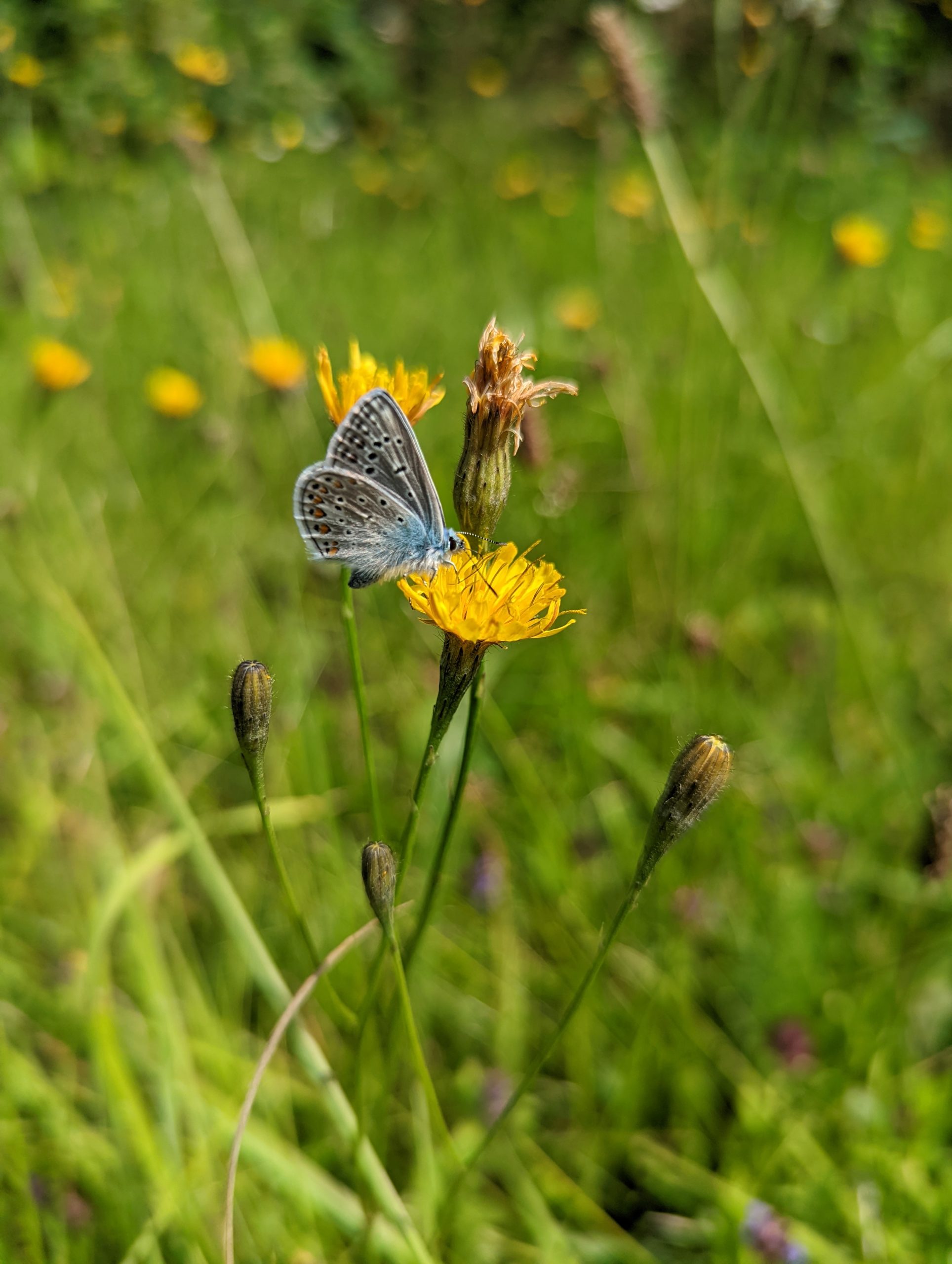
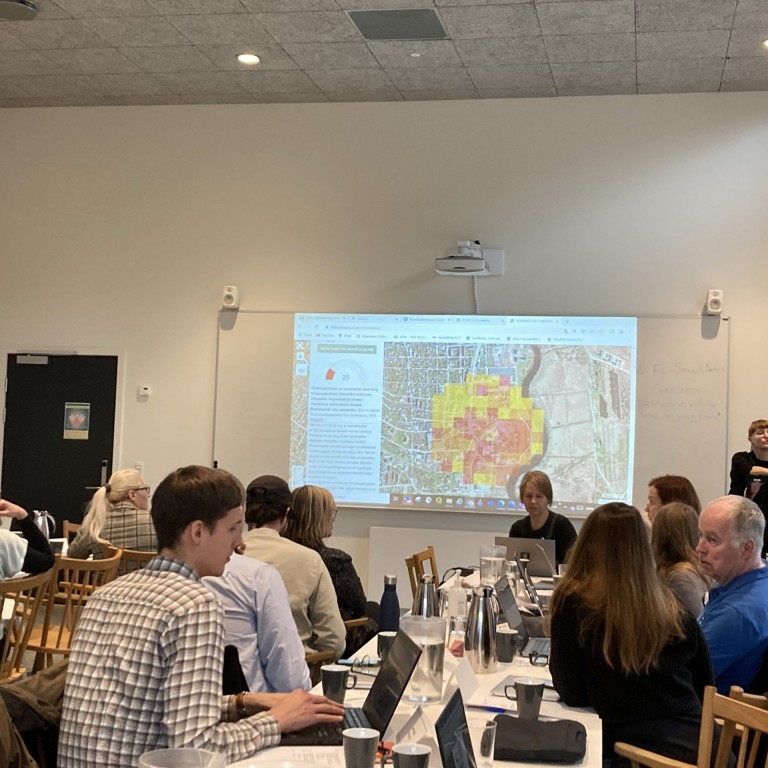
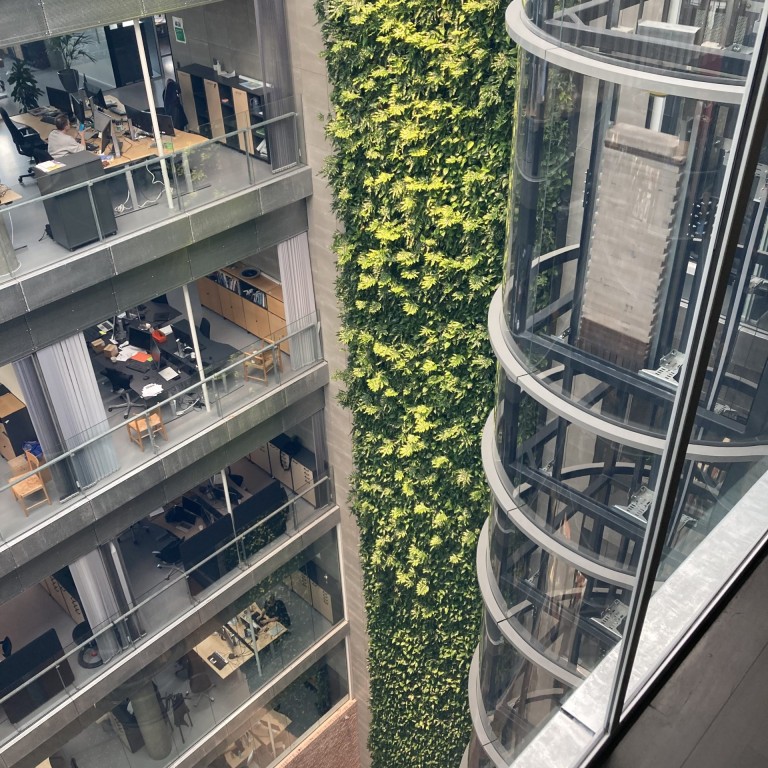
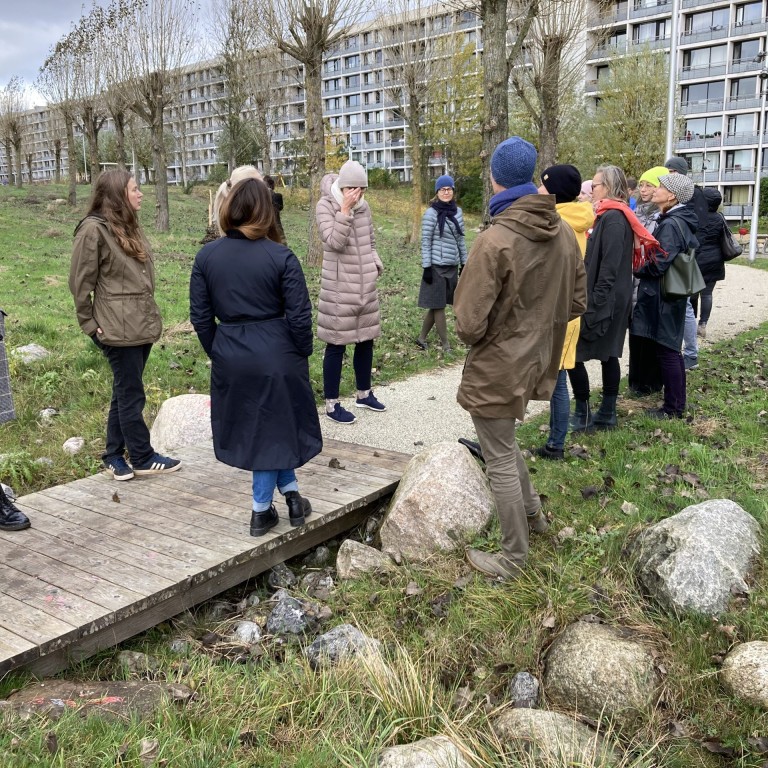
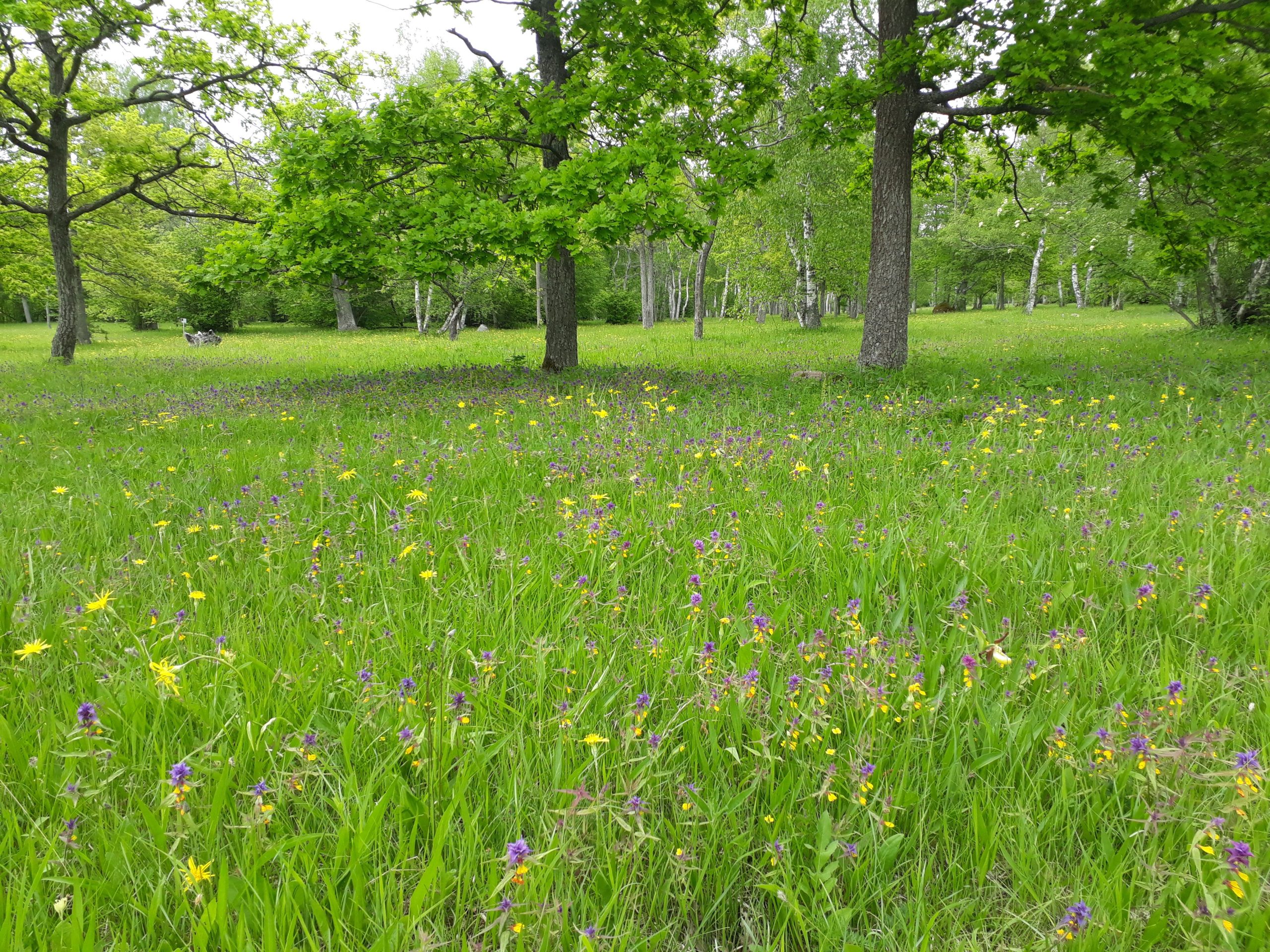

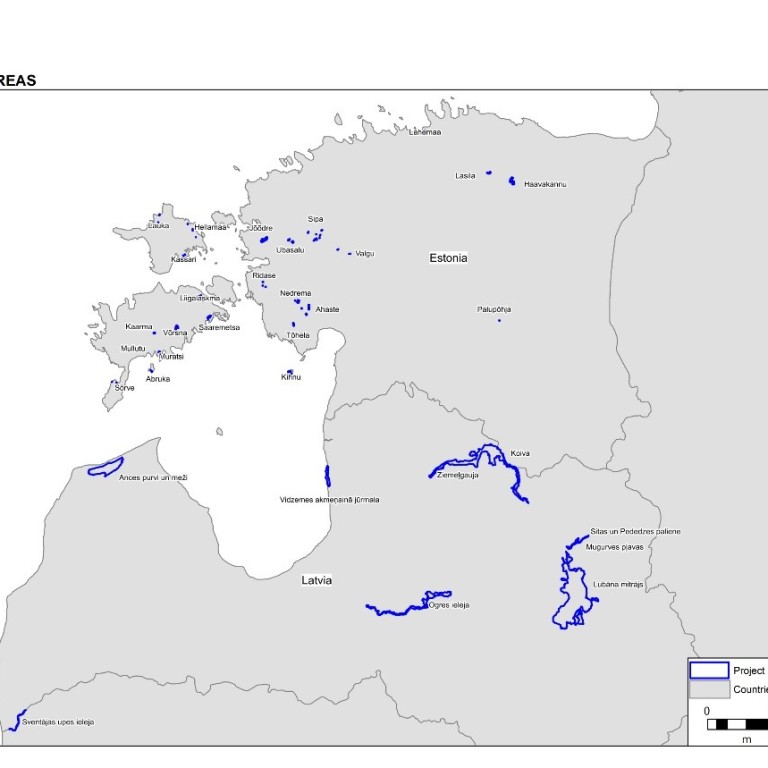

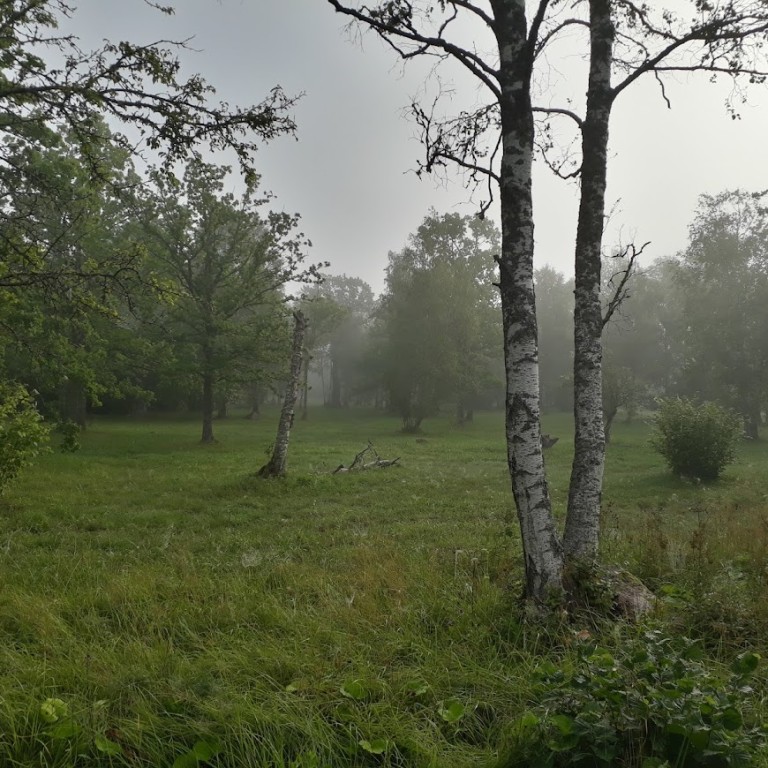
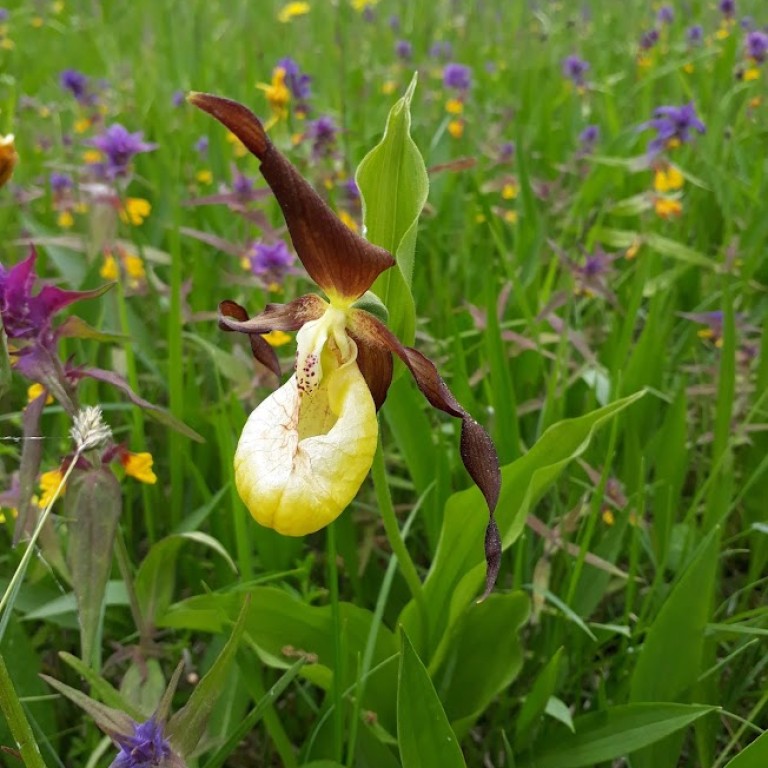
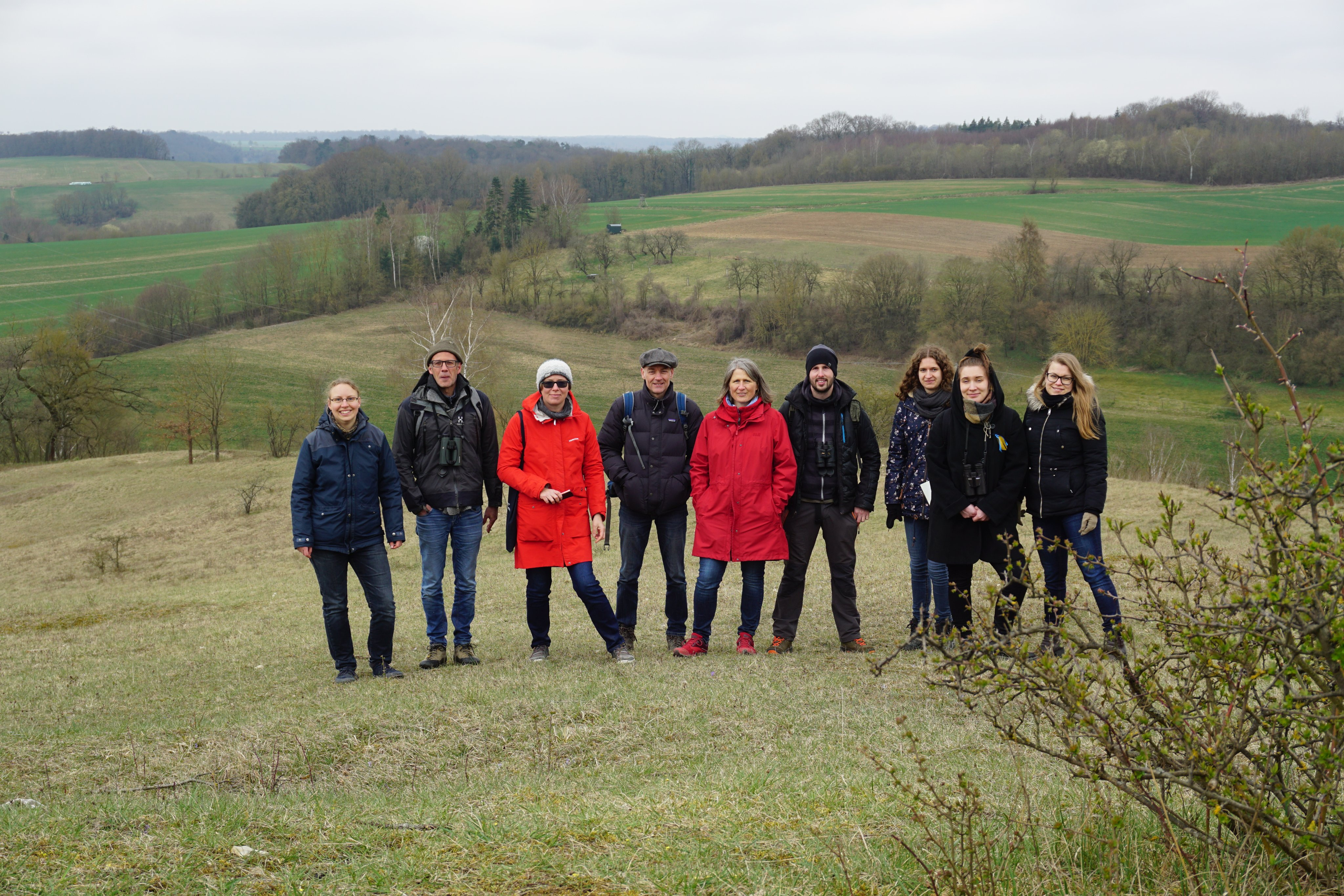

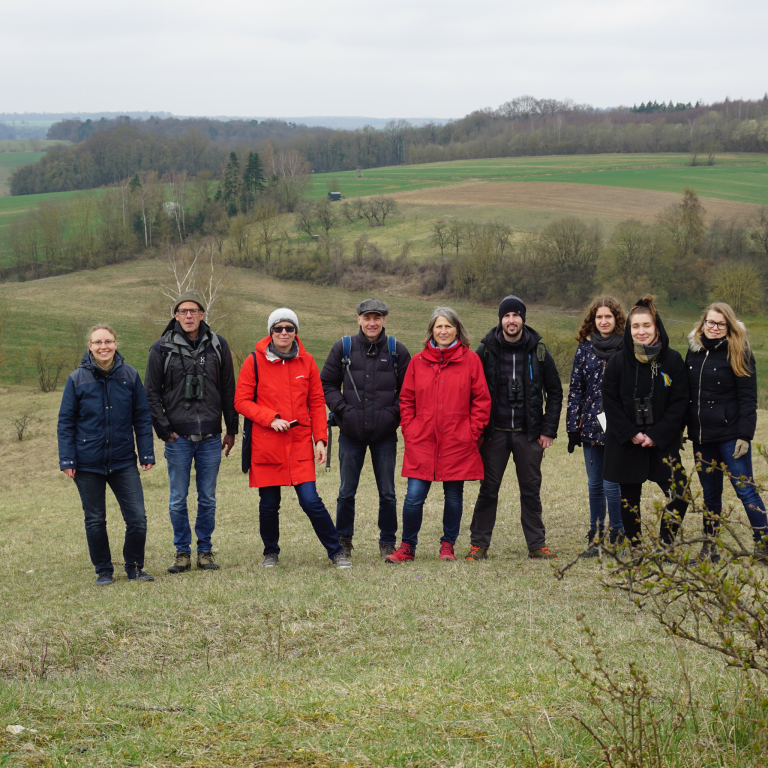
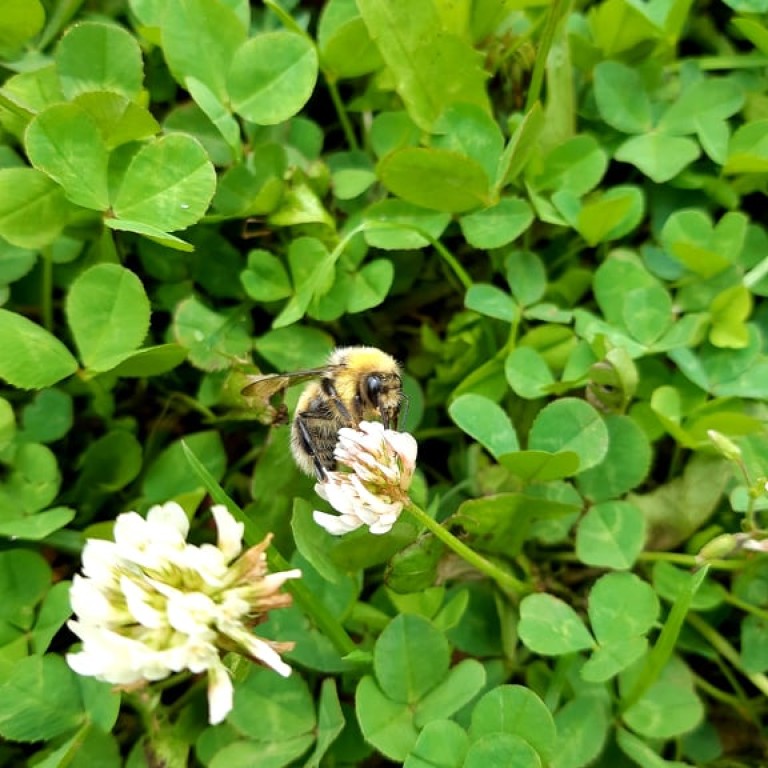

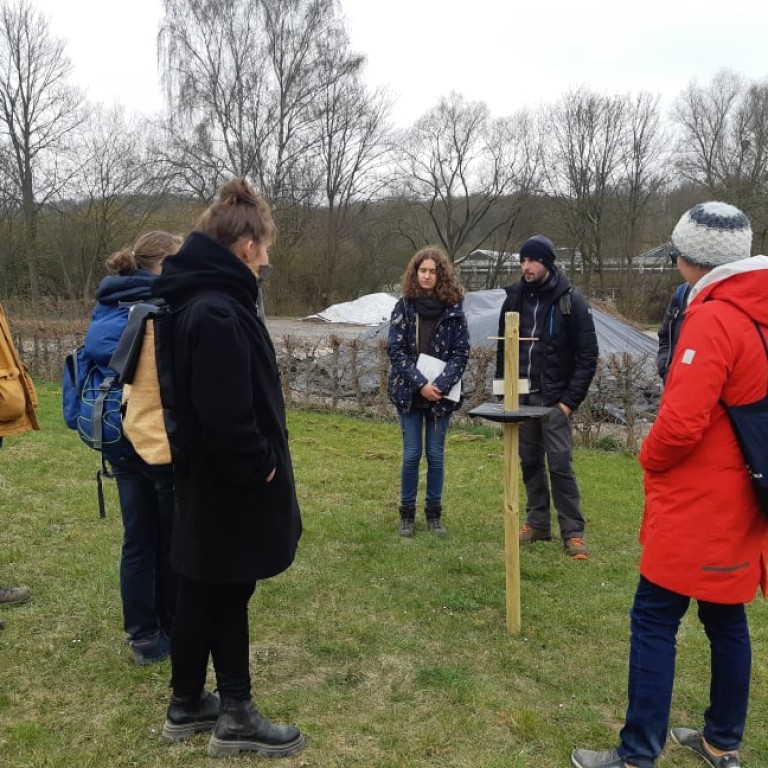
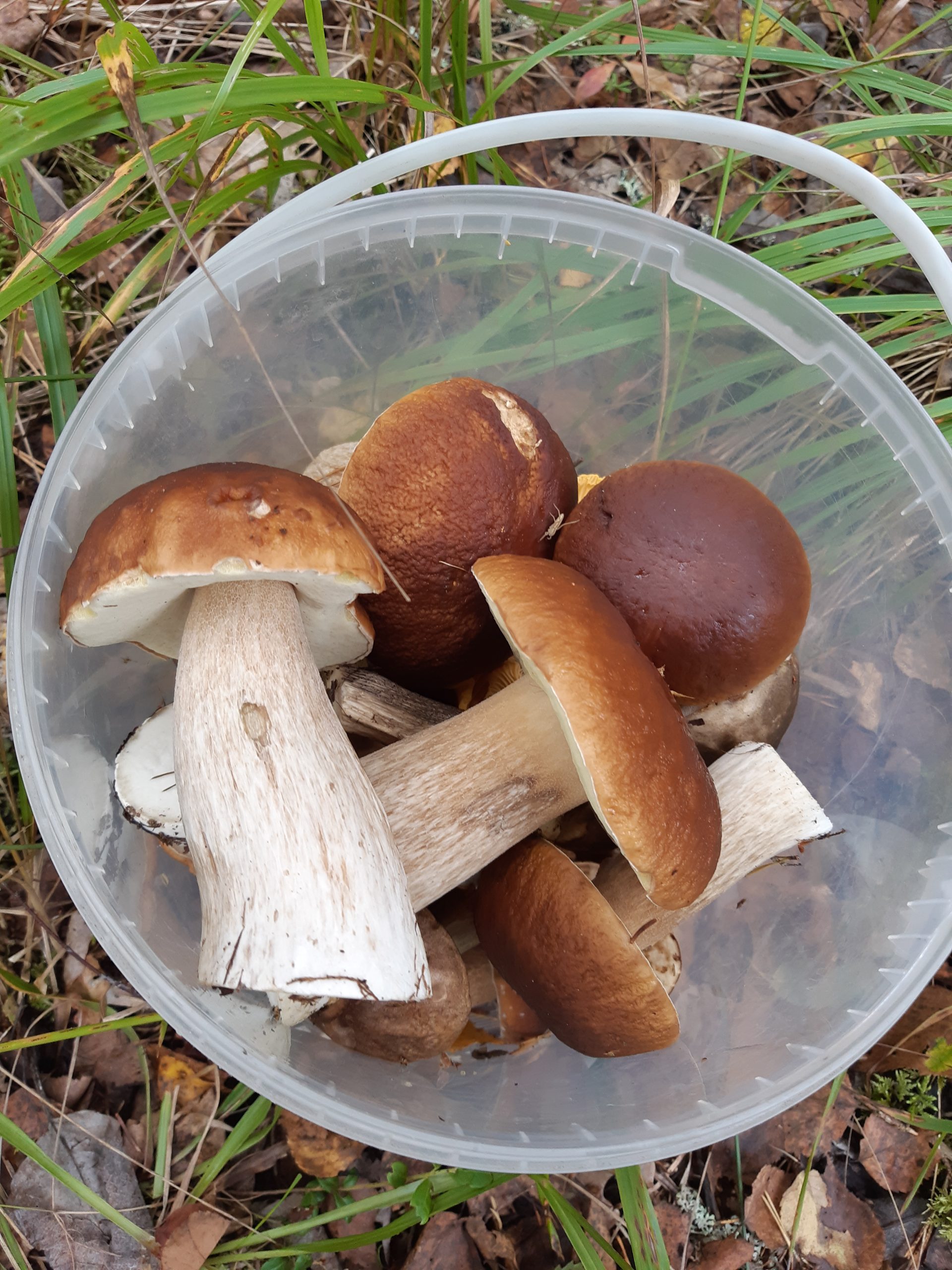
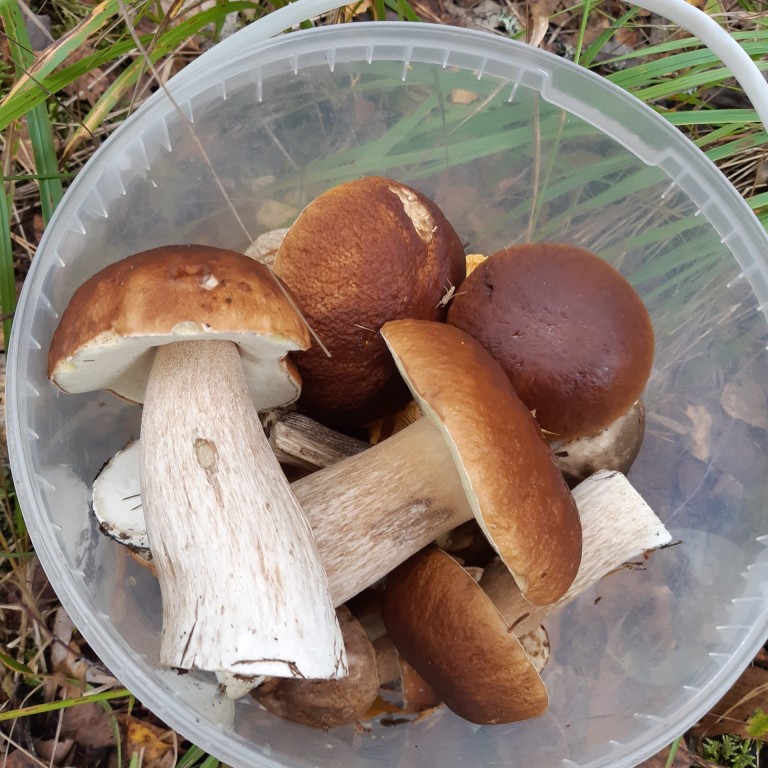
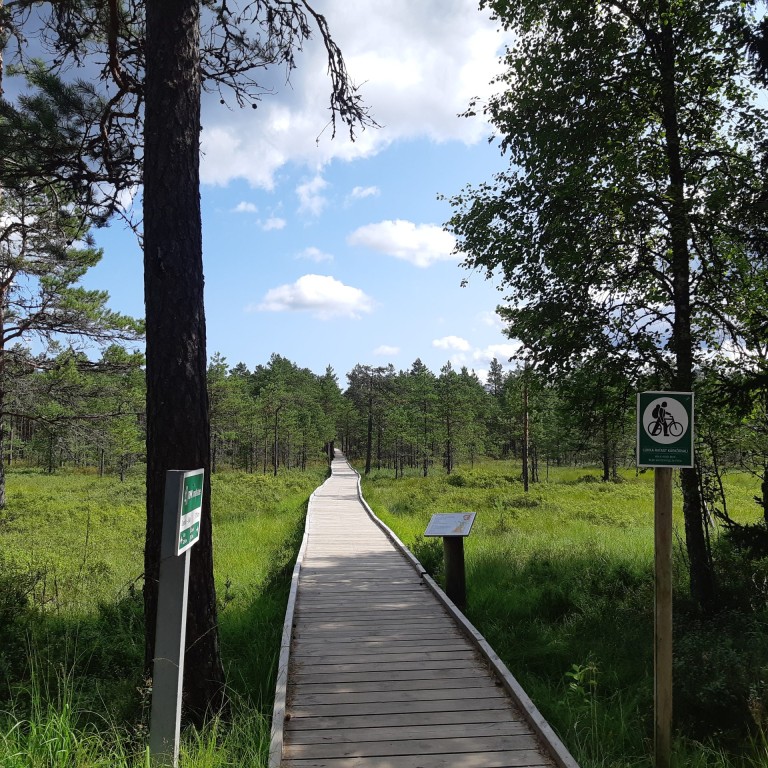
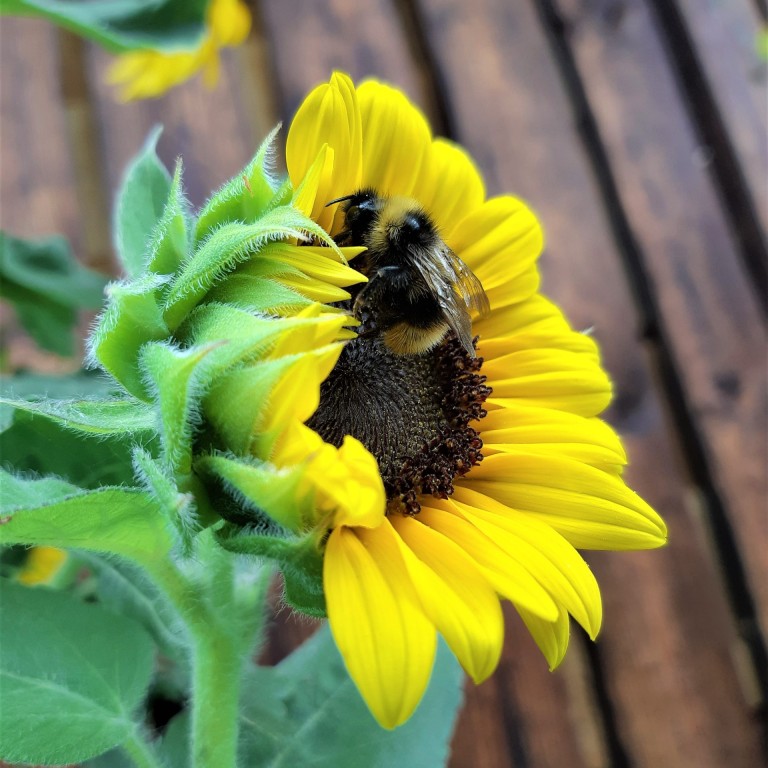
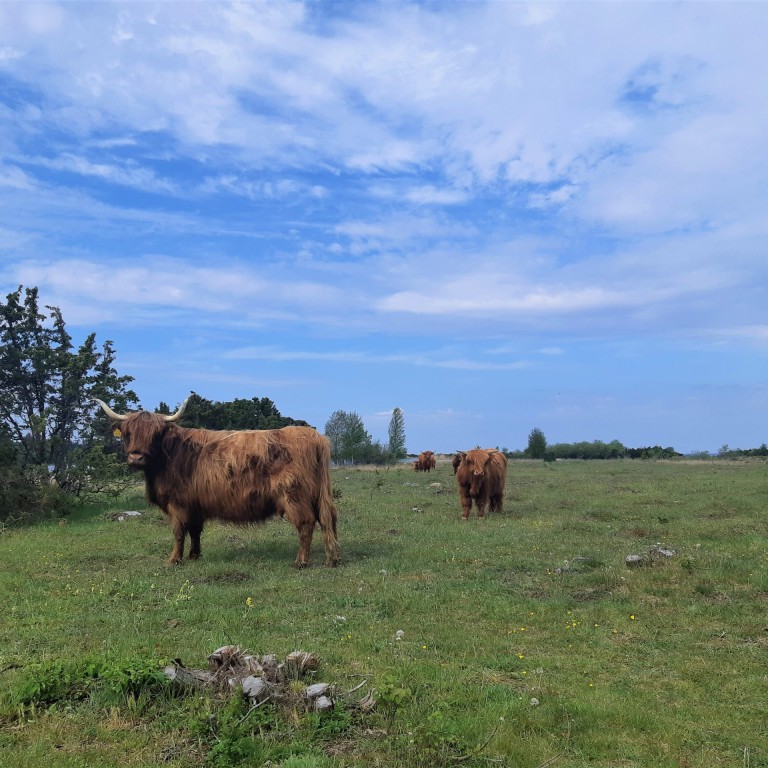
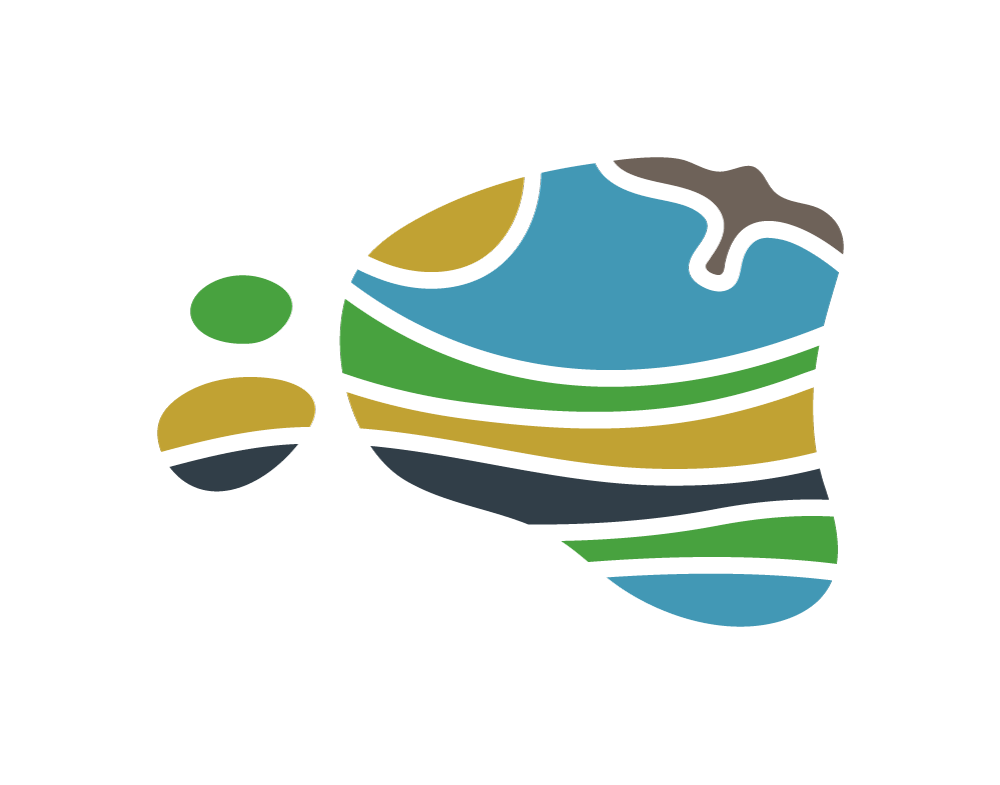

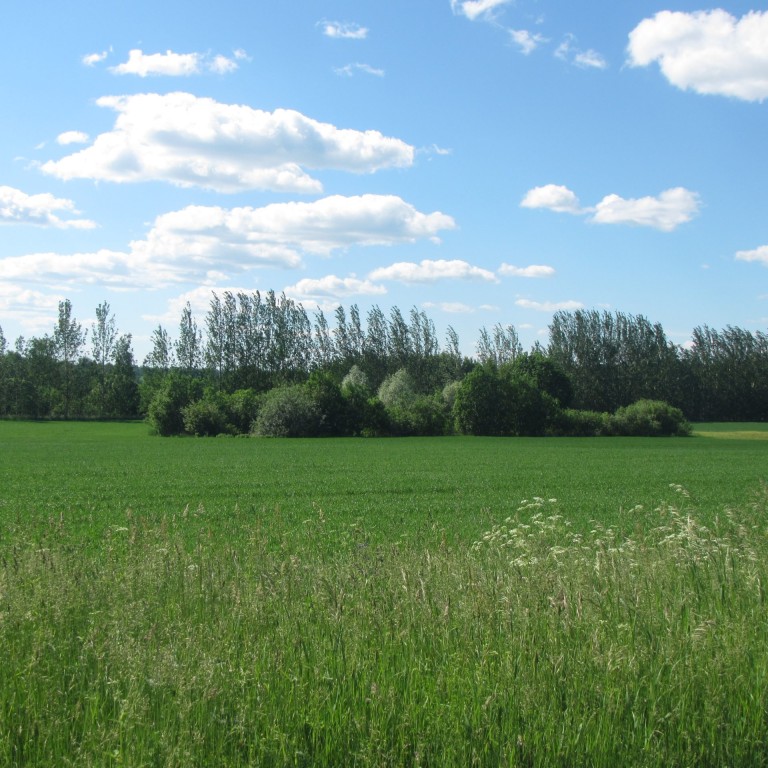
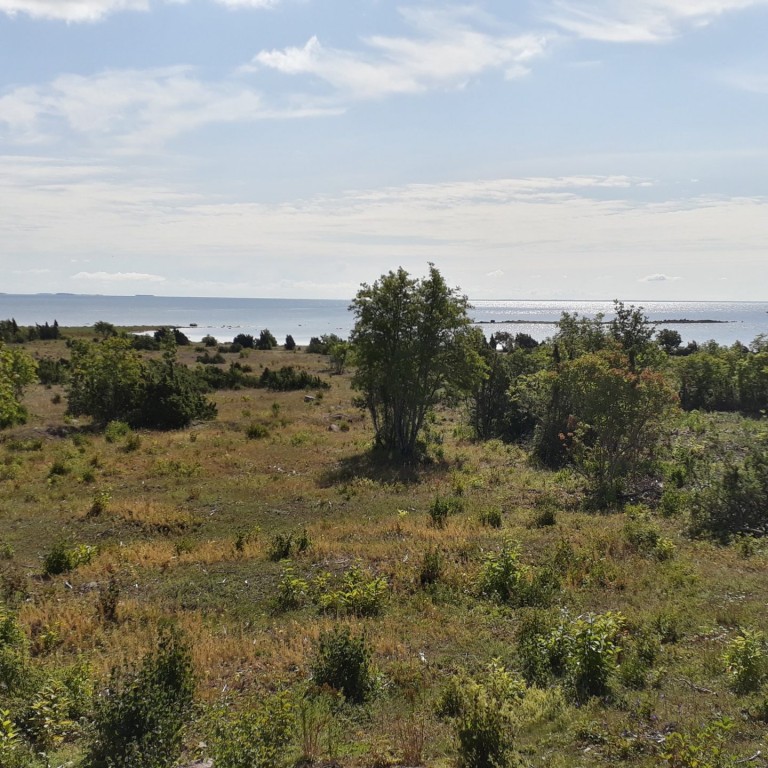
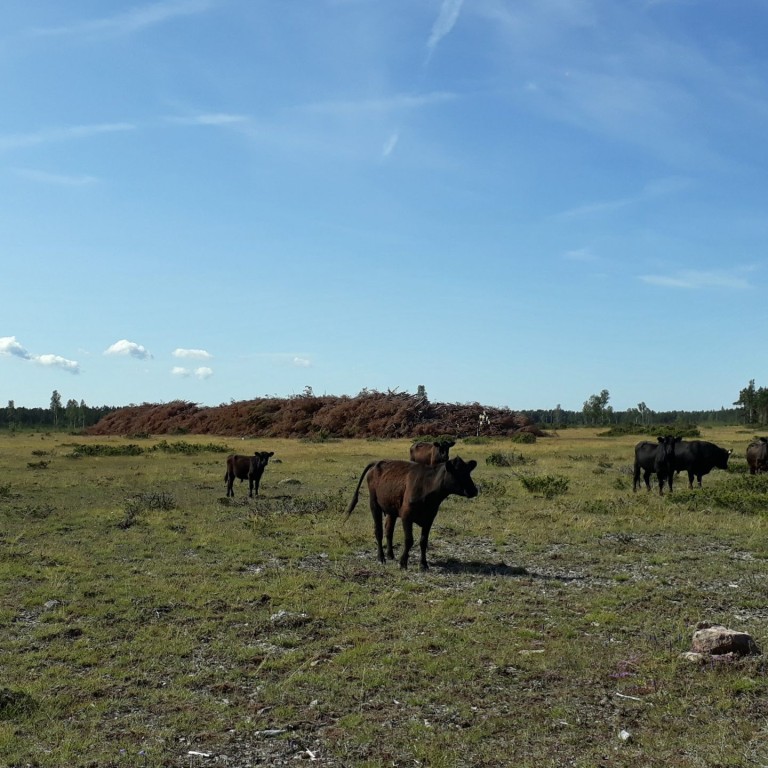


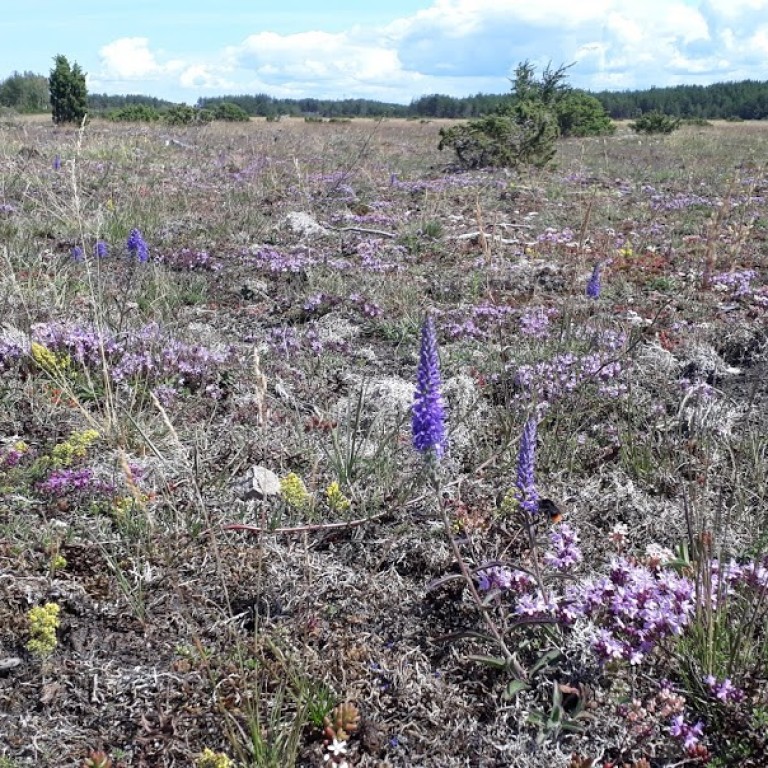

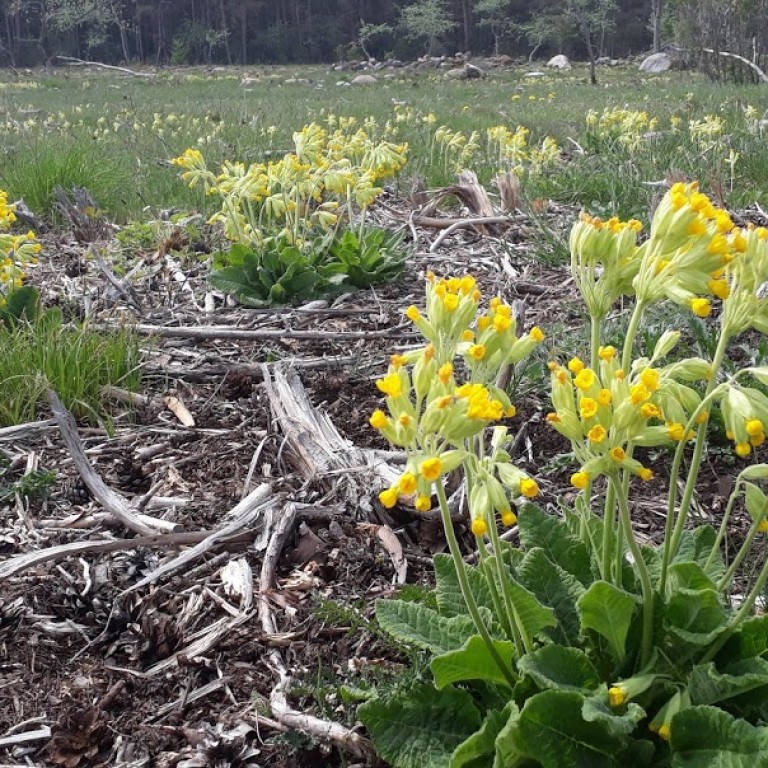
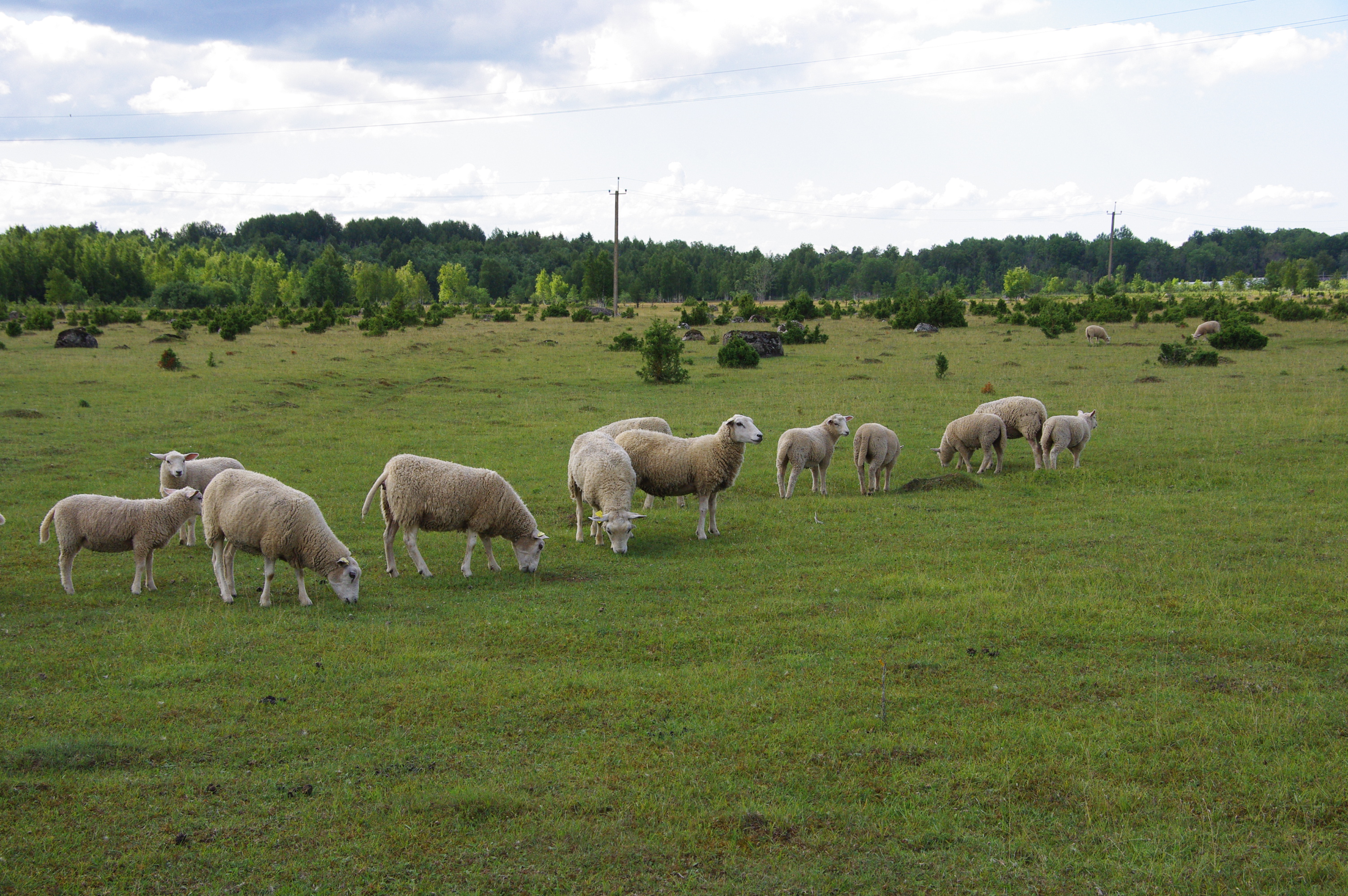
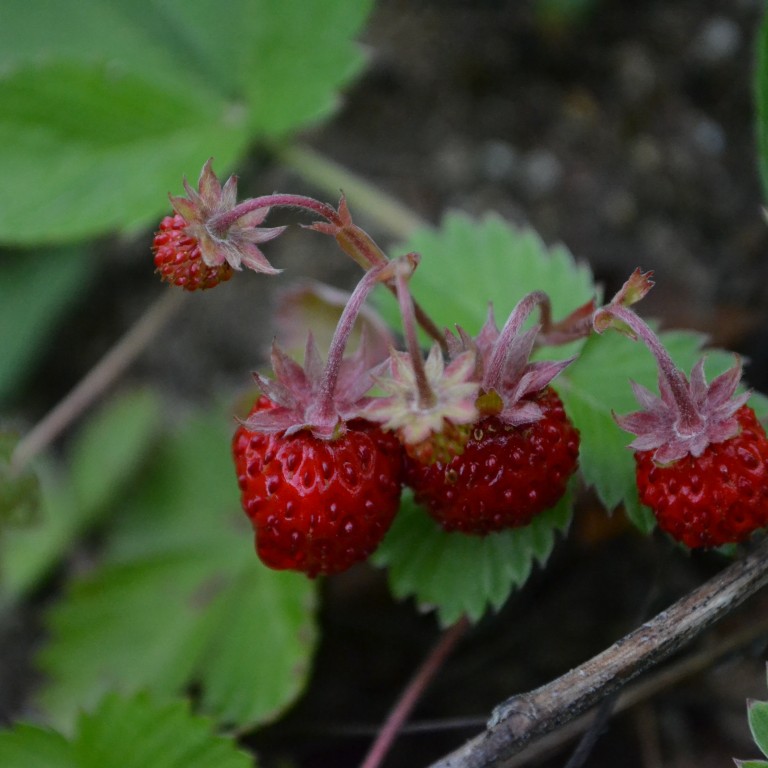
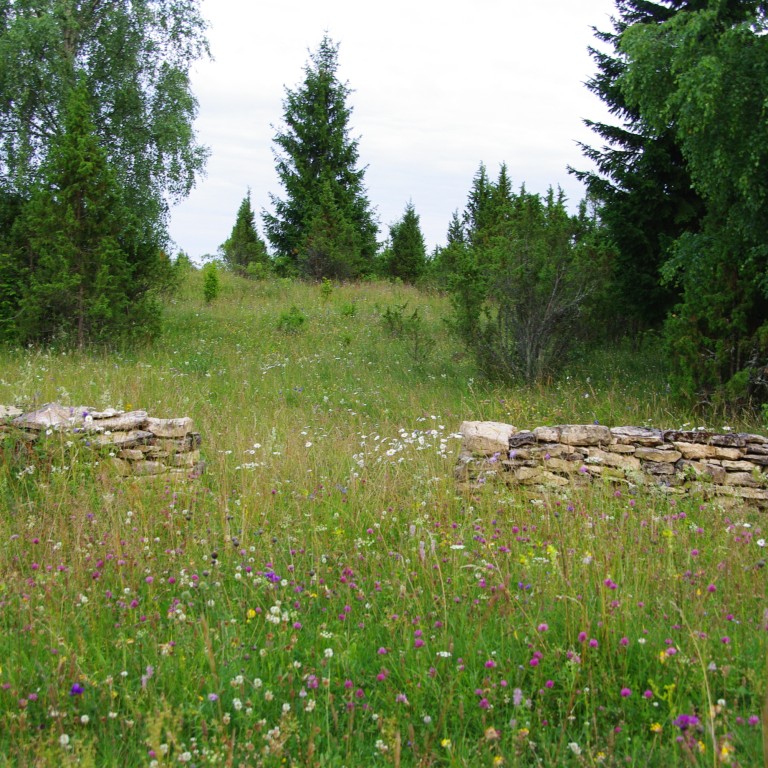

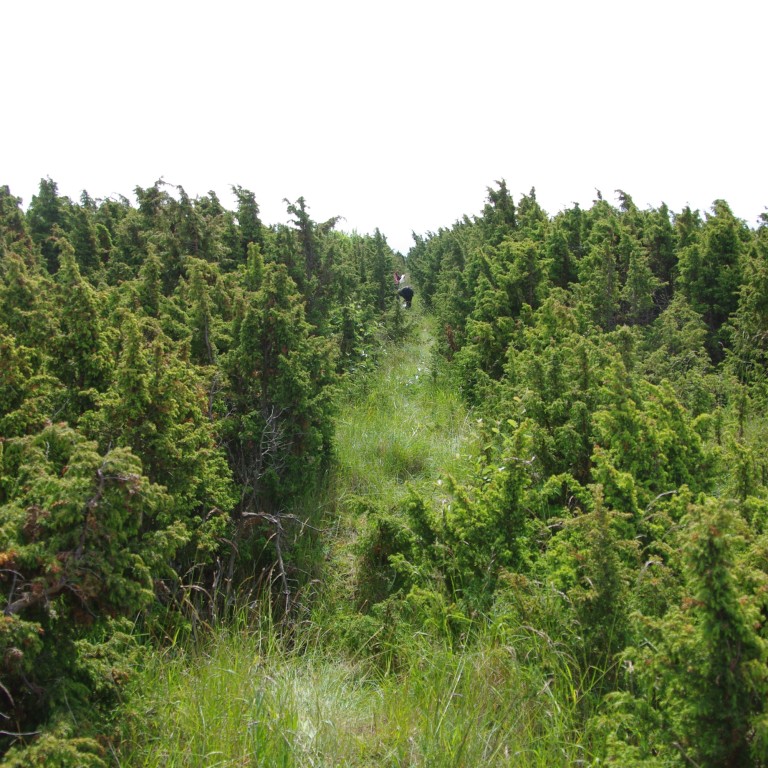
Recent Comments